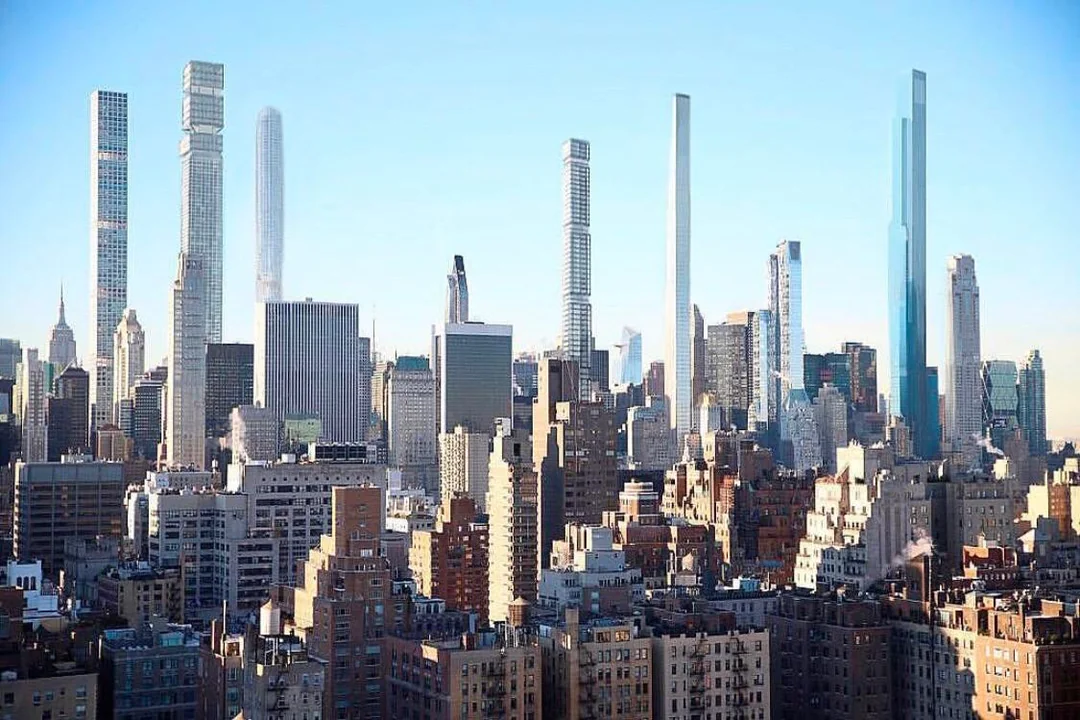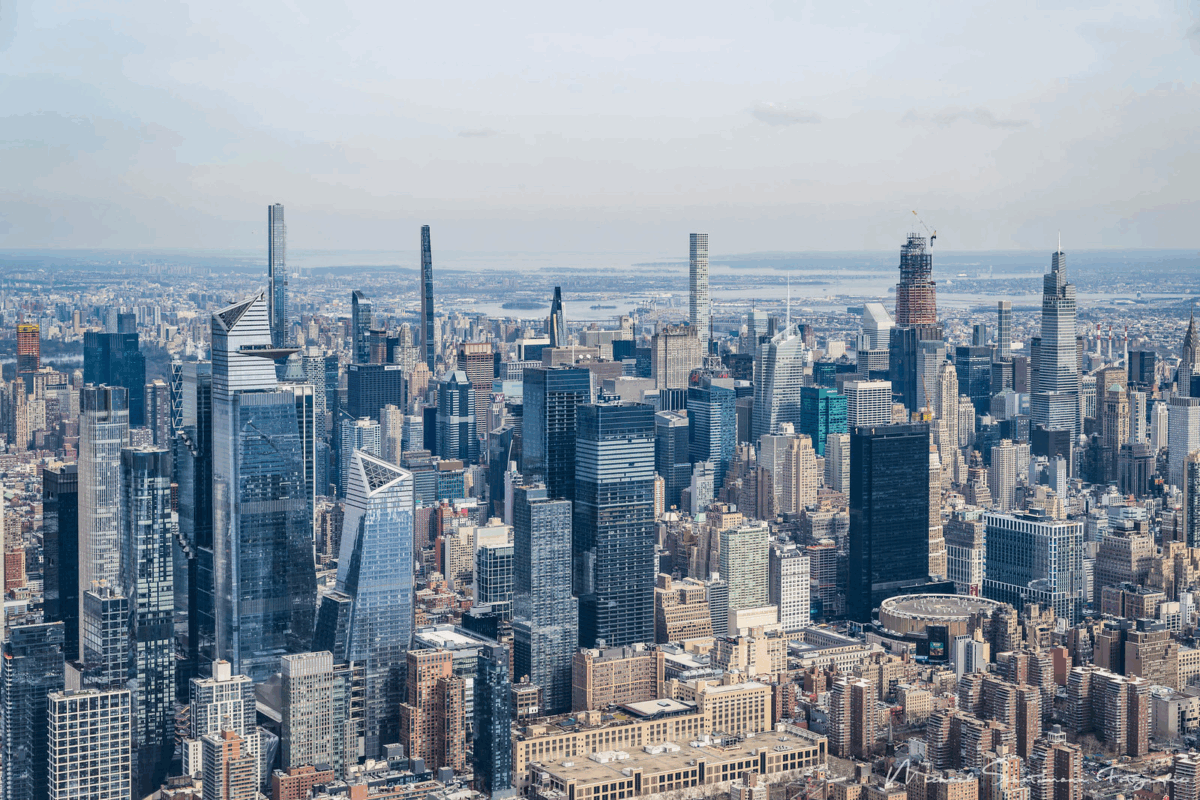A Positive Turn for New York’s Office Sector
After years of uncertainty caused by the pandemic and economic volatility, the New York office real estate market is experiencing a strong revival in 2025. Recent reports show that investors have committed billions of dollars to refinancing projects, signaling renewed confidence in the city’s commercial property sector. This recovery highlights New York’s resilience as a global business hub and suggests that the trend of remote work is stabilizing into a new balance between office and home arrangements.
Billions Flowing into Office Properties
Industry data reveals that more than $11 billion in refinancing and investment has poured into Manhattan office spaces since the start of 2025. This marks the highest level of funding since 2021, indicating that investors see long-term value in New York’s prime office locations. Large real estate firms and private equity groups are betting on a steady rebound in demand as businesses adjust their workplace strategies.
The surge in financing is not limited to trophy skyscrapers in Midtown. Smaller office buildings in Brooklyn and Queens are also attracting interest, reflecting a broader trend where companies seek flexible, modern, and affordable workspaces across the city.
Occupancy Rates on the Rise
Another clear sign of recovery is the increase in occupancy rates. Leasing activity in Manhattan rose by more than 20% compared to the previous year, with technology firms, financial institutions, and law practices leading the demand. Hybrid work policies remain common, but many companies are securing office space to foster collaboration, client meetings, and brand visibility.
Analysts note that while some older properties still struggle with vacancies, newly renovated and energy-efficient buildings are performing exceptionally well. Tenants are prioritizing quality, sustainability, and convenient locations that align with employee expectations.

Shifting Market Dynamics
The revival of the New York office market also reflects shifting dynamics in how businesses view workplace culture. Many organizations now see physical office space as a strategic asset rather than a burden. This change in mindset has encouraged long-term lease agreements, boosting the stability of the real estate sector.
Additionally, developers are focusing on mixed-use projects that combine office, residential, and retail spaces. These developments not only enhance the city’s skyline but also create vibrant communities that attract both workers and residents.
Implications for New York’s Economy
The comeback of the office real estate sector has broader implications for New York’s economy. Rising occupancy rates mean more activity in surrounding industries such as retail, restaurants, and public transportation. A stronger property market also contributes to higher tax revenues, supporting city services and infrastructure improvements.
Economists believe this recovery positions New York to maintain its role as a leading global financial and cultural capital. While challenges such as high interest rates and shifting work trends remain, the overall outlook for the office real estate sector is increasingly optimistic.


